Polycystic Kidney Disease Aneurysm
Polycystic kidney disease aneurysm. The association between polycystic kidney disease and cerebral aneurysms. 3 4 5 6 7 8 9 10. Polycystic kidney disease and intracranial aneurysm.
A ballooning out of a blood vessel due to weakness in the vessel wall. In Polycystic Kidney Disease patients high blood pressure is. An association reported a number of times but not given much clinical emphasis is that of polycystic kidney disease and aneurysm of the circle of Willis.
2 Few studies have focused on other vascular abnormalities in patients with ADPKD such as aortic. Autosomal dominant polycystic kidney disease ADPKD is a risk factor for formation of intracranial aneurysms IAs though the ideal screening and treatment strategies in. 1 Tohru Suyama MD.
Autosomal dominant polycystic kidney disease ADPKD the most common hereditary kidney disease is relatively uncommon occurring in approximately one in every 1000 people with fewer than 300000 diagnosed in the United States. People with Polycystic Kidney Disease have a higher risk to develop Brain Aneurysm than the people who dont suffer from this kidney problems. 1 Yoshiro Ohbora MD.
The reported prevalence rates vary from 0 to 41 percent. PKD can also affect the brain or heart. If PKD affects the heart the valves can become floppy resulting in a heart murmur in some patients.
POUTASSE EF GARDNER WJ McCORMACK LJ. If PKD affects the brain it can cause an aneurysm. Management of cerebral aneurysms in autosomal dominant polycystic kidney disease.
MR angiography screening and surveillance for intracranial aneurysms in autosomal dominant polycystic kidney disease. 1 Norihiko Tamaki MD.
A 40-year-old patient asks for a second opinion on the management of her autosomal dominant polycystic kidney disease ADPKD.
Around 4-8 in 100 people with ADPKD have a small aneurysm. Autosomal dominant polycystic kidney disease ADPKD is a risk factor for formation of intracranial aneurysms IAs though the ideal screening and treatment strategies in. The reports of this combination have appeared mainly. Brain aneurysm is a serious complication which may be able to cause irreversible brain damage or even death if left without treatment. Aneurysm is a relatively severe complication for PKD patients because it is often the cause of early death for PKD patients. Autosomal dominant polycystic kidney disease ADPKD the most common hereditary kidney disease is relatively uncommon occurring in approximately one in every 1000 people with fewer than 300000 diagnosed in the United States. Additionally people with polycystic kidney disease have an increased risk of an abnormal bulging an aneurysm in a large blood vessel called the aorta or in blood vessels at the base of the brain. This condition can be associated with atherosclerosis high blood pressure or infections. Her first cousin who also has ADPKD had a subarachnoid hemorrhage a few months earlier leading her previous nephrologist to request a cerebral magnetic resonance angiography MRA that reveals a 3 mm aneurysm of the left anterior cerebral artery.
The Polycystic Kidney Disease Charity is a registered charity in England. An association reported a number of times but not given much clinical emphasis is that of polycystic kidney disease and aneurysm of the circle of Willis. A ballooning out of a blood vessel due to weakness in the vessel wall. 1 In ADPKD the high prevalence of intracranial aneurysms has led to the recommendation of early detection and intervention in these patients. This condition can be associated with atherosclerosis high blood pressure or infections. Autosomal dominant polycystic kidney disease ADPKD the most common hereditary kidney disease is relatively uncommon occurring in approximately one in every 1000 people with fewer than 300000 diagnosed in the United States. The exact frequency of intracranial aneurysm in people with polycystic kidney disease is uncertain however.


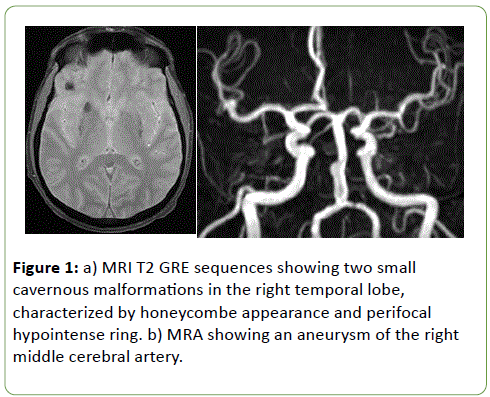
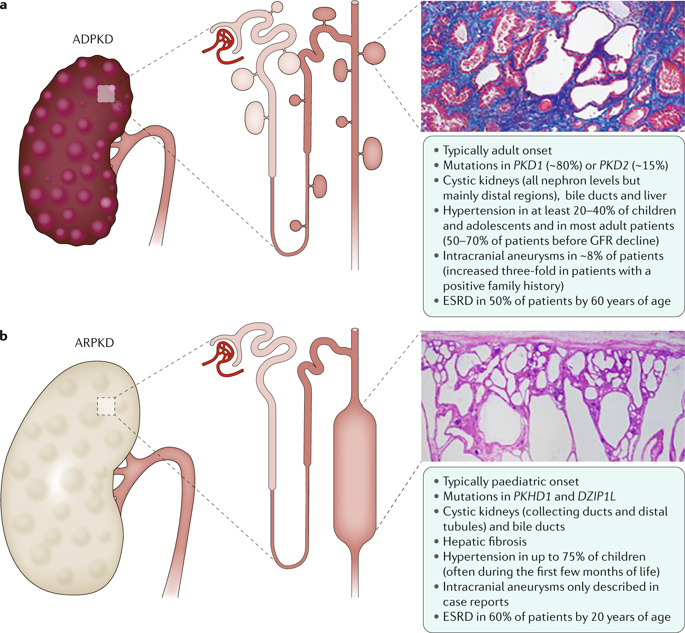











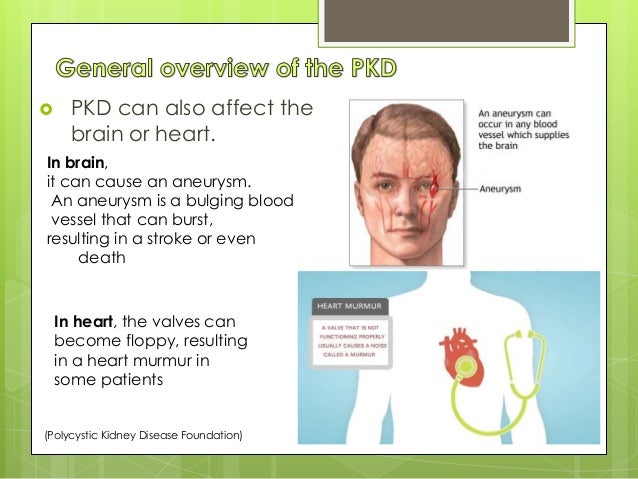



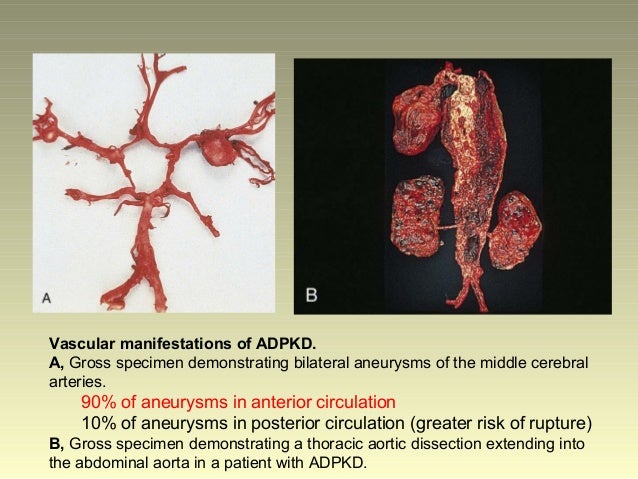


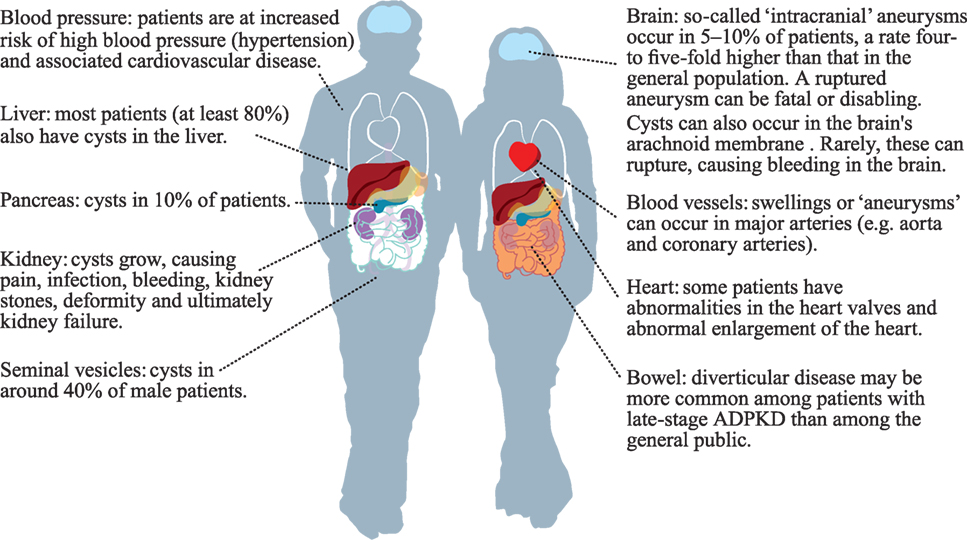

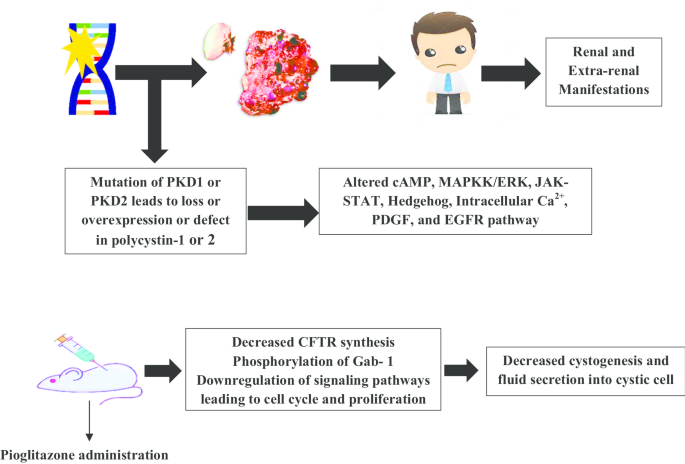












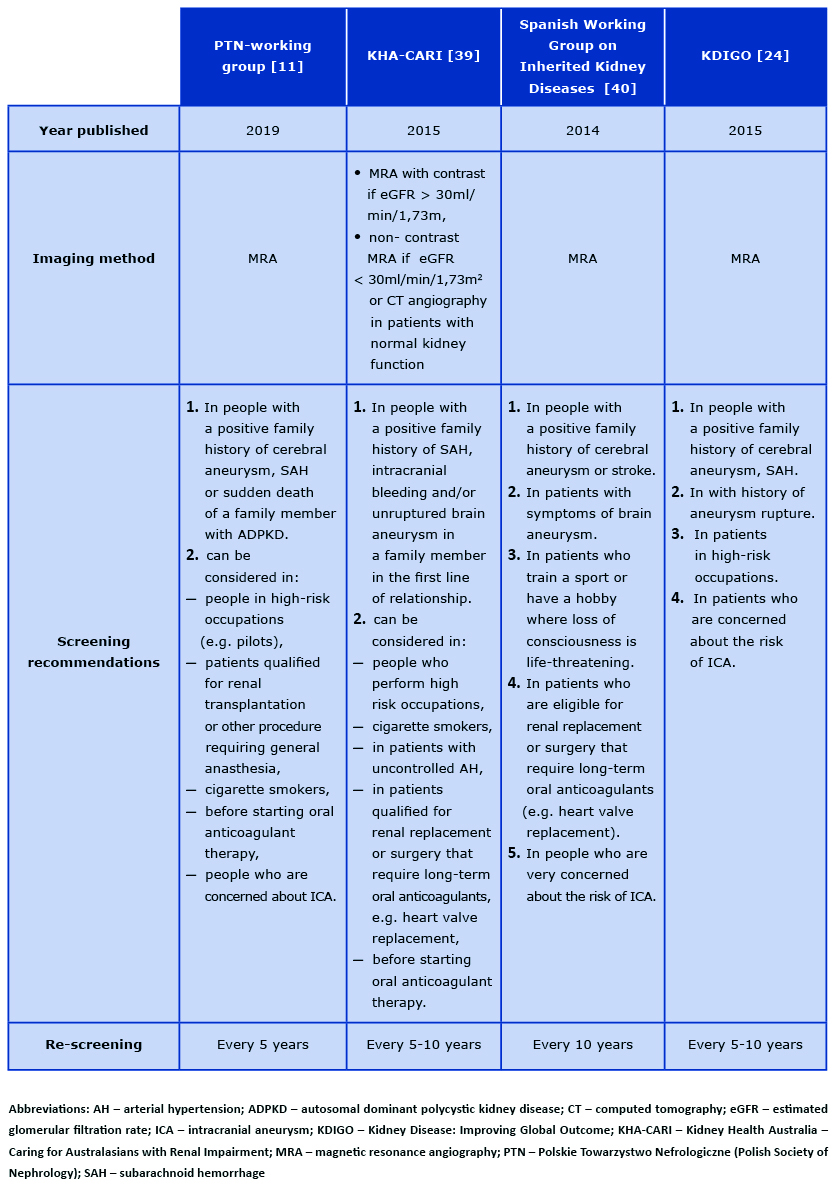




Post a Comment for "Polycystic Kidney Disease Aneurysm"